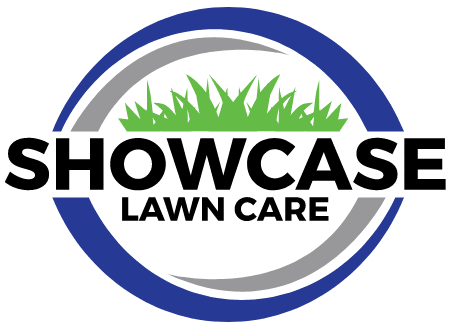6 Signs You Need to Aerate Your Minneapolis Lawn

We all love the lush, green carpet of our lawns, but sometimes, even the best grass needs a little extra care to stay healthy and vibrant. One essential practice that often gets overlooked is lawn aeration. If you've been noticing a few issues with your lawn, it might be trying to tell you that it's time to let it breathe. In this blog, we'll dive into the signs that indicate your Minneapolis lawn needs aeration and why this simple process can make a world of difference.
Why Does Lawn Aeration Matter?
Before we dive into the signs, let's quickly go over what is lawn aeration and the benefits of lawn aeration and overseeding. Aeration involves perforating your lawn's soil with small holes to allow air, water, and nutrients to penetrate deeply into the root zone. Over time, soil can become compacted due to heavy foot traffic, lawn equipment, and natural settling. Compacted soil restricts airflow, root growth, and water absorption, leading to a lackluster lawn. Aeration helps to alleviate these issues, promoting healthy grass growth.
Signs Your Minneapolis Lawn Needs Aeration
Excessive Thatch Buildup
Thatch is a layer of dead grass, roots, and other organic matter that accumulates on the soil's surface. While a thin layer is beneficial, excessive thatch can prevent water and nutrients from reaching the soil. If your lawn's thatch layer is thicker than half an inch, it's time to consider aeration.
Water Runoff and Puddling
After a rain shower, do you notice water pooling on your lawn instead of being absorbed? This is a clear sign of compacted soil. Compacted soil prevents water from penetrating the surface, leading to runoff and puddles. Aeration can help water reach the roots more effectively, preventing water wastage and promoting even growth.
Patchy and Sparse Grass Growth
If your once-thick lawn is now displaying patches of sparse or weak growth, compacted soil might be the culprit. Compaction restricts root expansion, causing grass to struggle and leading to uneven growth patterns. Aeration can create channels for roots to grow, resulting in a more uniform and healthy lawn.
Difficulty Inserting a Screwdriver
Here's a simple DIY test: Try inserting a screwdriver or a similar tool into your soil. If it meets resistance after just a couple of inches, your soil is likely compacted. Healthy soil should allow the tool to penetrate easily up to 6 inches. If you find it challenging to insert the screwdriver, it's time to aerate.
High-Traffic Areas
Areas that receive heavy foot traffic, like pathways and play areas, are particularly prone to soil compaction. Compacted soil in these areas can lead to thinning grass and even bare spots. Aeration can revitalize these high-traffic zones, ensuring that your lawn remains resilient.
Lawn Dethatching Reveals Compacted Soil
If you've dethatched your lawn and notice compacted soil just beneath the thatch layer, it's a surefire sign that your lawn needs aeration. Dethatching can help clear away debris, making it easier for the soil to absorb air, water, and nutrients after aeration.
By recognizing these indicators and investing in regular lawn aeration, you'll be well on your way to a greener, healthier, and more vibrant lawn that's the envy of the neighborhood. Make sure to contact your local lawn care company to schedule aeration. You can call Showcase for lawn aeration services in Minneapolis!
